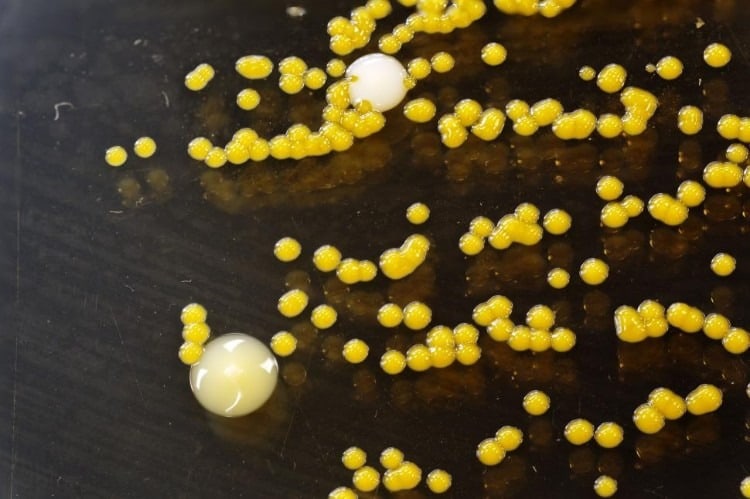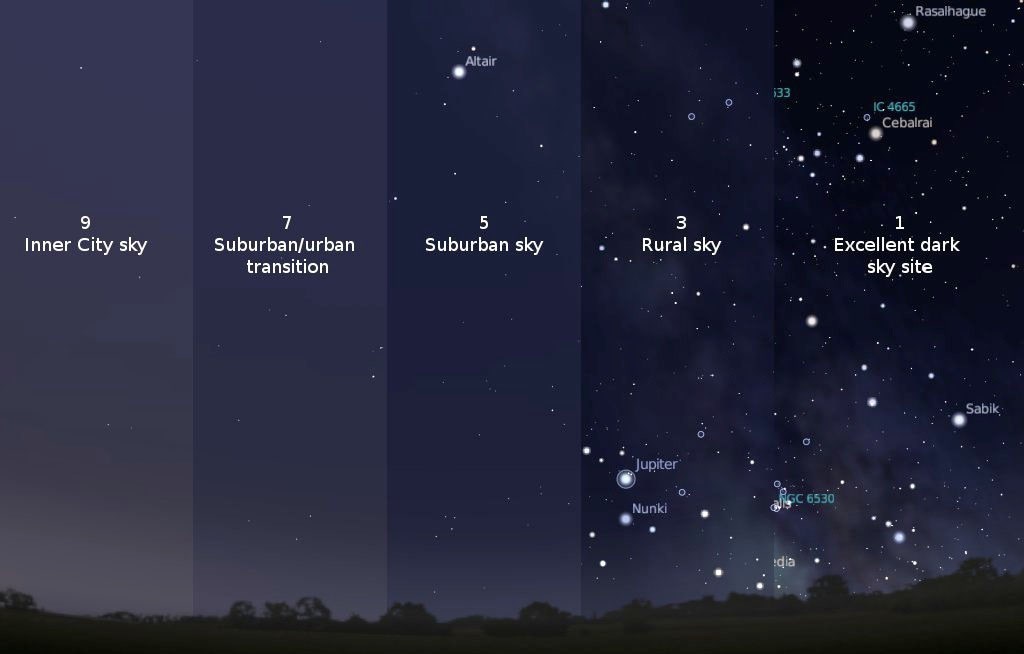



Revolutionized is reader-supported. When you buy through links on our site, we may earn an affiliate commision. Learn more here.
When the average person hears the word “pollution,” they often associate it with car exhaust, chemical waste and oil spills. These are all familiar examples of pollution, of course, but they’re only a fraction of the bigger picture. Various types of pollution exist beyond what we typically think of as “pollution.”
By definition, pollution is a substance in the environment, which has harmful or poisonous effects. This includes car exhaust, but it also includes the noise the car makes when the driver pounds on their horn. We participate in creating pollution every day whether we’re aware of what we’re doing or not.
Jump to: Air Pollution | Water Pollution | Soil Pollution | Habitat Pollution | Noise Pollution | Light Pollution | Radioactive Pollution | Thermal Pollution | Visual Pollution | Electromagnetic Pollution
With that in mind, what can you do to recognize and reduce the pollution you create? What are the different types of environmental pollution and how can you effectively minimize your contribution? In this article, we’ll walk you through everything you need to know, exploring the subject of pollution in detail.
According to the UN World Meteorological Organization, as many as nine out of 10 people breathe air with high levels of pollutants. Air pollution comes from fossil fuel emissions, agriculture, natural disasters like wildfires and a long list of other sources. The scale of the problem is challenging to comprehend.
As for the effects of air pollution, climate change is just one example. With each passing year, the increasing frequency of flooding and droughts have endangered human populations, while ocean acidification has caused damage to aquatic ecosystems. Fortunately, there are things you can do to help reduce emissions. Try the following.
You’ve likely seen pictures of polluted beaches, with waves of refuse washing against littered shores. Water pollution is a very visible problem, created when solid debris like soda cans and plastic bags enter storm drains, then travel to the sea. Sewage, wastewater and agricultural runoff are also contributors.
When these contaminants affect a body of water, they can destroy an entire aquatic ecosystem. Water pollution will sometimes cause an algal bloom, stimulating plant and algae growth, but suffocating other organisms by compromising oxygen levels. Each year, approximately 100,000 marine animals perish from ingestion and entanglement with the millions of tons of garbage polluting the oceans.
You can do your part to reduce instances of water pollution. Try the following.
The presence of toxic chemicals in the soil can pose a serious risk to humans and animals alike. Whether the pollution arises from agricultural practices, urban waste or industrial effluents, contamination is dangerous and potentially fatal. An understanding of the consequences places the problem of soil pollution in perspective.
Soil pollution creates a variety of health issues, such as neuromuscular blockage, kidney and liver damage and numerous forms of cancer. The effects tend to vary depending on factors like age and the kind of contaminant affecting the soil. As for what you can do to help, you have several options.

Widespread urbanization has disturbed habitats and disrupted ecosystems, affecting animal populations across the world. With the growth of cities and suburbs, deforestation has destroyed entire species, driving them to extinction for the expansion of communities and similar purposes.
The statistics are clear about the consequences of habitat pollution. A startling 30% to 50% of all species on the planet possibly head toward extinction by mid-century, a wake-up call for concerned citizens to take action and participate in conservation efforts. Here’s how you can help:
Excessive levels of noise can cause a diverse range of issues, such as stress, anxiety, high blood pressure and even heart disease. It’s more than the sound of an aggravated driver pounding on his horn. It’s also airplanes taking off at a nearby airport, a neighbor with a new stereo system, or construction work on the road by your house. In short, it comes in many forms.
As a general rule, sounds that are louder than 80 decibels are hazardous to your health. That said, humans aren’t the only victims of noise pollution, and researchers have studied aquatic mammals which have suffered from the effects of seismic mapping. So how can you turn down the volume? Check out the following:

Only a century ago, you could look up at the night sky and see an array of stars clear and vivid. This scene is far more rare with the excessive use of artificial light from offices, factories and illuminated sporting venues. The overwhelming issue of light pollution has a variety of sources.
Light pollution also has a variety of detrimental effects. It changes the patterns of migratory birds, interferes with the habits of nocturnal animals and is generally disruptive to a range of sensitive ecosystems. Obviously, the solution isn’t to shut down the electrical grid. Consider the following instead.
Despite insistence from comic books and movies, radioactive material isn’t going to give you superpowers. More often than not, the human activities that release radioactive pollution lead to health problems and environmental catastrophe. The Chernobyl disaster is one of the most well-known examples.
Then again, Chernobyl was a unique event, and radioactive pollution takes many forms. Radon, for example, comes from the decay of thorium or uranium found in nearly all soils. It represents about 55% of natural radiation. As for protection, you have numerous options:
Thermal pollution, which is any deviation from the natural temperature in a habitat, is more complicated than the other types of pollution on this list. As an example, industrial cooling activities can cause elevated temperatures, and a discharge of cold water below a large impoundment can affect streams.
Concerning the effects of thermal pollution, it’s known to cause changes in species composition, growth rates and population density. Though many things can happen as a result of thermal pollution, it often leads to the disruption of aquatic ecosystems. Even if you don’t contribute, you can still help.
Have you ever walked through your city and felt overwhelmed by the sights around you? Visual pollution is a growing concern affecting the quality of daily living. While beauty is subjective, you can likely agree that certain elements—like cluttered signage, graffiti-covered walls or derelict buildings—detract from your neighborhood’s charm.
You might not realize it, but this type of pollution can profoundly affect your well-being. Living in an environment marred by visual clutter can lead to heightened stress and anxiety. All over the world, heavily degraded cities showcase the stark contrast between vibrant cultures and the overwhelming infrastructural mess detracting from their beauty. In Detroit, abandoned buildings and blighted areas tell a tragic story of economic decline that affects community pride.
Moreover, visual pollution can deter tourists, negatively impacting local economies. Properties in these areas often suffer from lower market values, affecting your investment in your home or business.
The good news is that you can be part of the solution through the following steps:
Electromagnetic radiation (EMR) is another example of pollution that can negatively impact both human health and the environment. It emanates from sources like cell phones, power lines and wireless devices, contributing to an increasingly saturated digital landscape.
EMR pollution is more pervasive than ever, causing a cascade of health issues, including impaired cognitive function, anxiety and increased risk of cancer. It also impacts wildlife, particularly birds and bees, which rely on natural electromagnetic fields for navigation and communication. Disruption to these fields may affect their behavior and survival.
Practice these safety measures to limit your EMR exposure:
Pollution is more than car exhaust, chemical waste and oil spills. It’s agricultural runoff, light from a football stadium, the natural decay of compounds in the dirt and the blaring car horn of an irritated commuter. Now that you know about the many types of pollution, you have the means to make a difference.
Revolutionized is reader-supported. When you buy through links on our site, we may earn an affiliate commision. Learn more here.


This site uses Akismet to reduce spam. Learn how your comment data is processed.